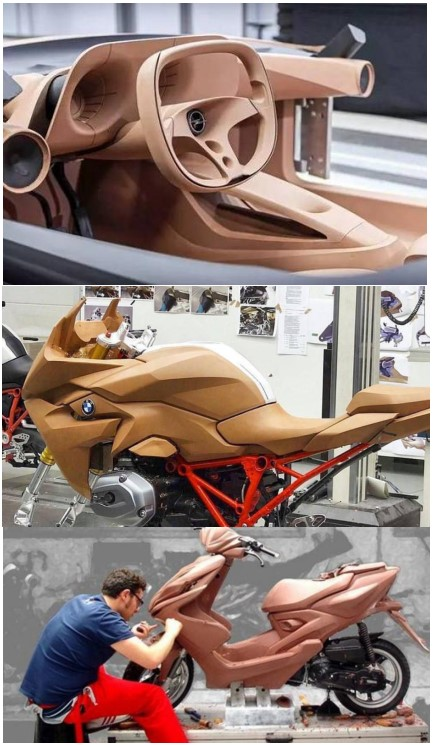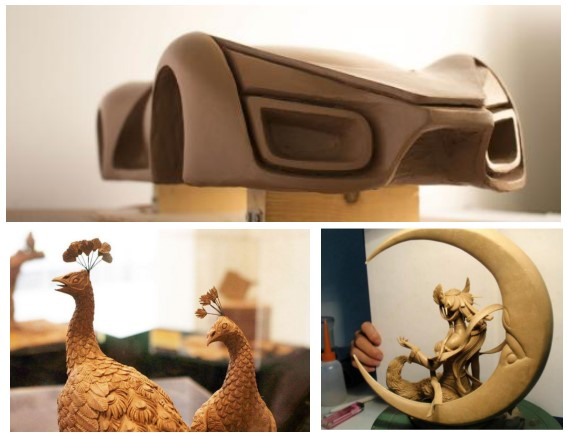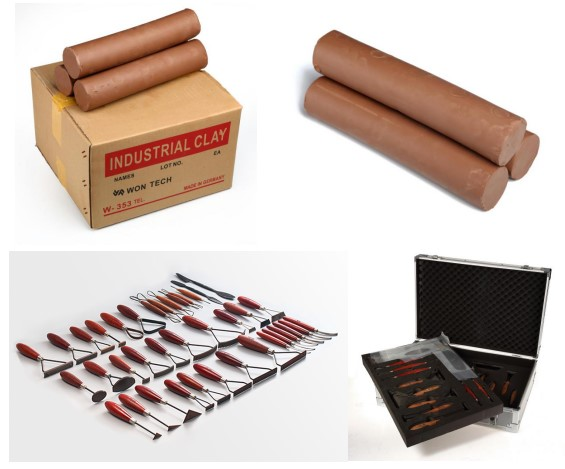
 Apr 01,2024
Apr 01,2024
 BOMI shanghai
BOMI shanghai
 352
352
The modeling industry is a field full of creativity and diversity.
From machining to 3D printing to handcrafting, a variety of materials are used to create models, including metal, wood, cloth, plastic, and even fruits, vegetables, and candy. Each material has its own unique charm, showing different forms and styles. Today, we will focus on a unique model material, putty, and explore its application in industrial model making, especially in the field of automotive design.

The visual appeal of industrial clay models
Industrial clay models, often used in the automotive design and development phase, are hailed as a visual feast. Its unique visual appeal stems from the following key aspects:
True scale and detail
Clay models are usually made to real scale and accurately show the shape, curves and details of the car. This three-dimensional solid model provides a sense of realism, and the designer and the audience can intuitively feel the overall effect of the design. Clay models provide a more realistic experience than two-dimensional drawings or digital models.
High level of craftsmanship
The making of clay models requires a high degree of skill and craftsmanship, and the modelers ensure that every detail is perfect through hand carving and fine adjustments. This handicraft shows the craftsmanship and attention to detail of the craftsman. This exquisite craftsmanship gives the clay model an artistic feel, emphasizing line, proportion and fluency, giving a beautiful enjoyment.

Physical display and interaction
Clay models are entities that can be viewed and interacted with from different angles. This enables the design team, customers, and other stakeholders to see the model for themselves and even touch it to gain a deeper understanding. This kind of interactivity and realism is hard to match with other model forms.
Light and shadow effect
When clay models are displayed, the interaction of light and shadow can highlight their shape and texture and enhance their visual impact. By adjusting the light, the features and details of the model are magnified, further demonstrating its beauty.
Material diversity and artistry
While industrial clay models are primarily used for automotive design, the variety and flexibility of clay makes it suitable for all kinds of model making. Compared to other materials, putty is easy to carve and shape, and designs can be adjusted and modified quickly. Whether it's cars, buildings, or other industrial products, clay models can provide a perfect combination of art and engineering.

In the modeling industry, the choice of materials often determines the final effect of the model. As a forming material, putty has become an important role in industrial model making because of its unique visual charm and practicality. Through clay model, we can more deeply appreciate the artistic and technological level of design, and experience the visual feast in model making.
